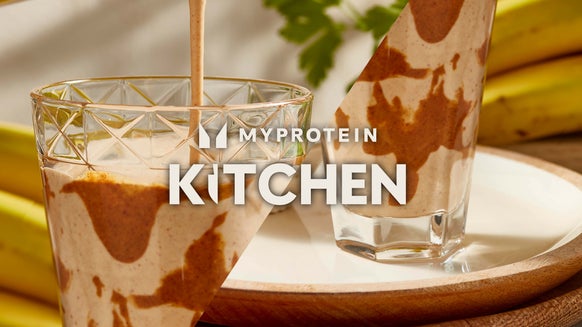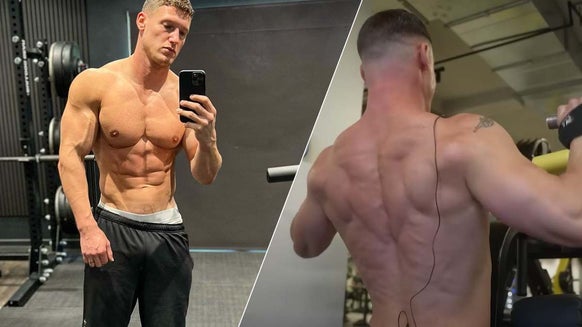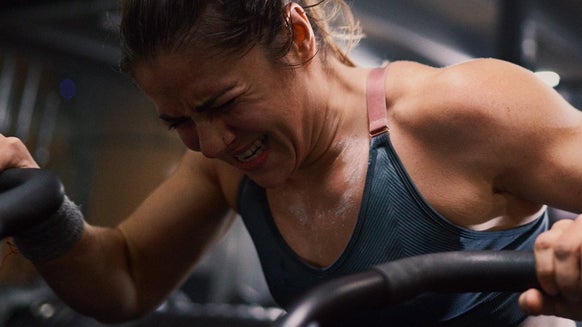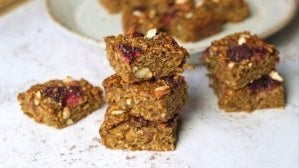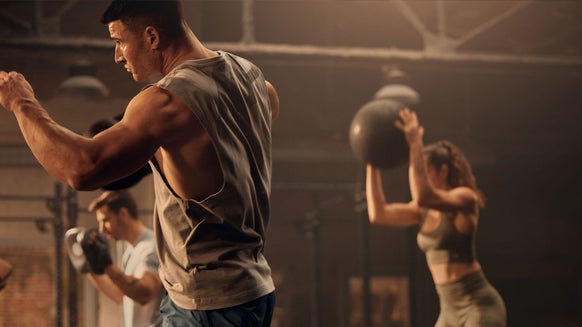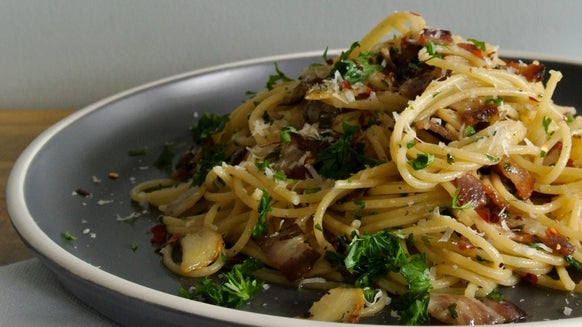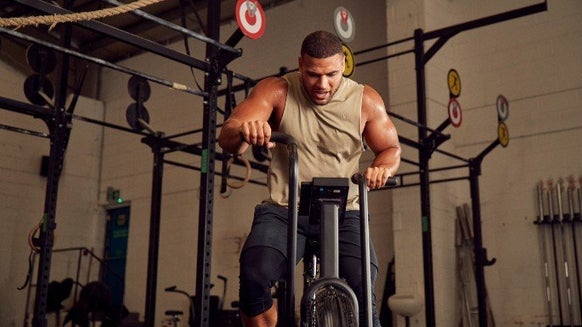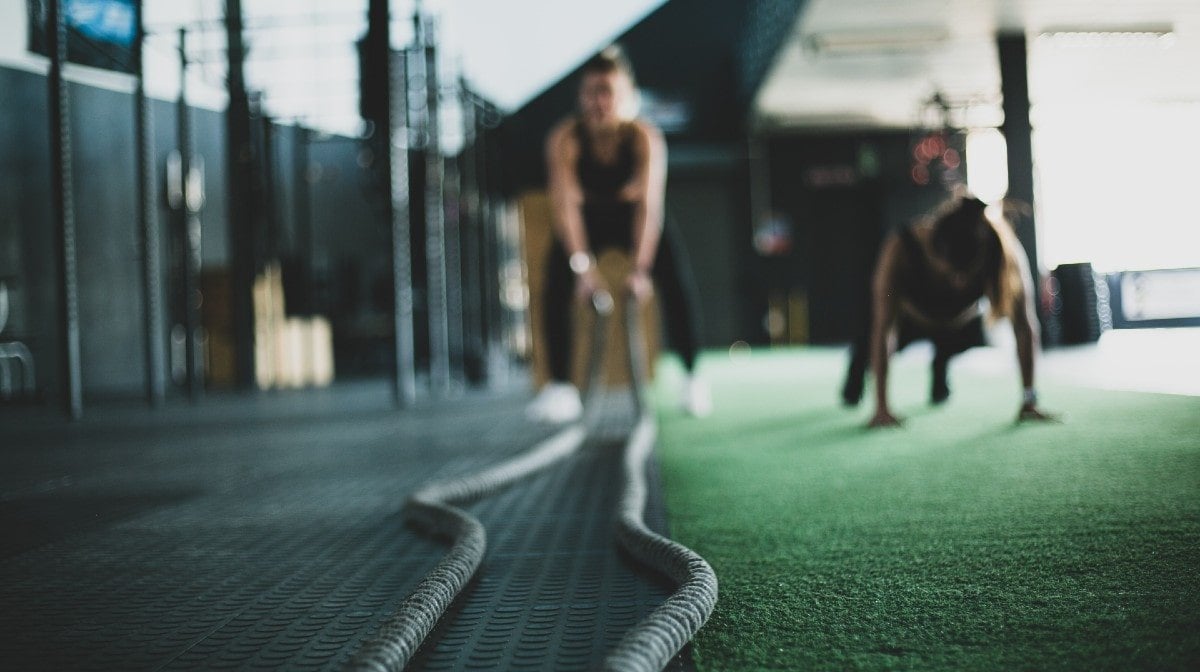
But is there a way to get the best of both worlds?
- Can you gain muscle and lose fat simultaneously?
- The Research
- What does the research mean for muscle gain and fat loss?
Can you build muscle and lose fat simultaneously?
The ‘how to build muscle and lose fat’ debate has been under scrutiny for decades, but here’s the good news: there's been scientific development in the world of diet and exercise physiology.
The Research
The research, which was published in the
The first group consumed a higher-protein, medium-carbohydrate, low-fat diet (35% protein, 50% carbohydrates, 15% fat), which translates to 2.4g of protein per kg of bodyweight per day.The second group consumed a lower-protein, medium-carbohydrate, medium-fat diet (15% protein, 50% carbohydrates, 35% fat), which translates to 1.2g of protein per kg of bodyweight per day.
The researchers proposed that, as well as being in a calorie-deficit, HIIT contributed to the increased fat loss seen in both groups, as studies have shown that 20 minutes of HIIT increases lipolysis (fat burning). However, they’re unsure why the higher-protein group lost more fat, as the groups’ calorie-intake was identical.
Thomas and his team say they’d expect to see similar results to this study in women, and they hope to conduct another study with a female group.
What do these results mean for muscle gain and fat loss?
To set up your calorie intake in a similar way to those who took part in the study, here’s the macro breakdown. However, remember to consult your GP before undertaking a new diet or significantly changing your macros in any way.
Calories
During the study the participants were placed in a substantial energy deficit with their daily maintenance calorie intake reduced by 40%. To replicate this, if your daily maintenance calories are 2500kcals, you would reduce this down to 1500kcals.
Protei n
Ensuring your protein intake is high enough when dieting down is critical for maintaining muscle mass and even more important if you are trying to build muscle whilst losing body fat at the same time.2
The protein intake used in the study was 35% of daily calories. For those with an intake of 1500kcals, this equates to 131g of protein a day.
Carbohydrates
As the exercise protocol used in the study was extensive, as much as 6 times a week of combined resistance exercise and high intensity intervals, carbohydrates were kept at 50% of the calorie intake to allow the participants to recover properly and train at the right intensity throughout the study.
Fat
As fat is not
With 1500kcals a day, 15% of intake allows 25g of fat.
Take Home Message
When looking to replicate these findings in your own physique, one factor to note is that the participants used in this study were described as ‘recreationally active’ and were not previously following a resistance training program. This may account for the increase in muscle mass as the exercise protocol would have been a big increase in activity. For those that are well trained, these results may be harder to replicate.
READ THESE NEXT:

Liam is a certified sport nutritionist with the International Society of Sport Nutrition and is enrolled on the British Dietetics Association’s Sport and Exercise Nutrition register. He has a Bachelor’s of Science in Sport and Exercise Science and is graduate of the ISSN Diploma in Applied Sport and Exercise Nutrition.
Liam is an experienced personal trainer, helping clients reach their health and fitness goals with practical, evidence informed exercise and nutrition advice.
In his spare time Liam has competed in numerous powerlifting competitions and enjoys hill walking, football and expanding his recipe repertoire in the kitchen. Find out more about Liam's experience here.
- Longland, T. M., Oikawa, S. Y., Mitchell, C. J., Devries, M. C., & Phillips, S. M. (2016). Higher compared with lower dietary protein during an energy deficit combined with intense exercise promotes greater lean mass gain and fat mass loss: a randomized trial. The American Journal of Clinical Nutrition, 103(3), 738-746.
- Aragon, A.A., Schoenfeld, B.J., Wildman, R. et al.Internationalsociety of sports nutrition position stand: diets and body composition. J Int Soc Sports Nutr 14, 16 (2017). https://doi.org/10.1186/s12970-017-0174-y
- Burke LM, Hawley JA, Wong SH,Jeukendrup AE. Carbohydrates for training and competition. J Sports Sci 2011;29(Suppl 1):S17–27.
